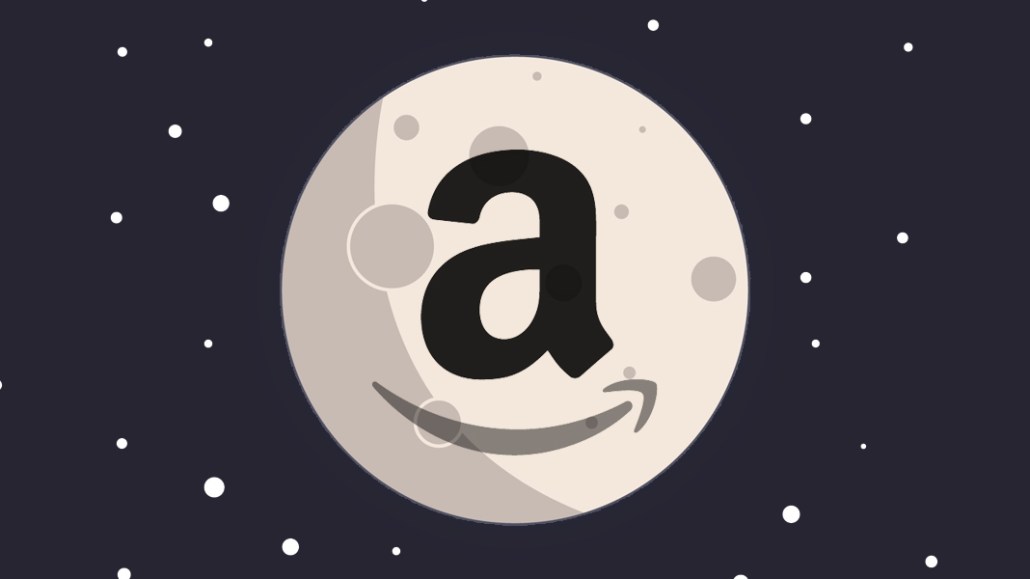‘It’s a negotiation’: Video publishers debate distribution on Amazon’s upcoming Fire TV news app

Already contentious with Facebook and wary of Apple, news video publishers now have a new platform relationship to evaluate in Amazon.
Amazon is developing an ad-supported, free video streaming app focused on news, according to a report from The Information last week. The app, which will be made for Fire TV devices, will feature a mix of live and on-demand news video programming. Amazon is targeting a launch date in mid-May, though the rollout could be delayed into the summer, according to multiple sources familiar with the company’s plans. Amazon did not respond to a request for comment by press time.
There are still many parts to Amazon’s plans for a news app that need to be hammered out. For instance, a source that met with Amazon recently said as far back as a few weeks ago, Amazon demonstrated “no interest” in live programming. Other sources said that Amazon is interested in live programming and has been meeting with programmers that can produce live news. Similarly, Amazon initially proposed launching the app with both national and local news; more recently, Amazon has decided to revisit its local news strategy and will wait until it has “70 to 80” percent of local news markets signed up before adding local news to the app, a source said.
What’s clear is that Amazon is interested in news, especially as the company continues to ramp up its advertising business, which accounted for most of the $3.4 billion in the company’s “other” revenue segment in the fourth quarter of 2018. Late last year, Amazon launched Freedive, a free video streaming app with licensed movies and TV shows. The company has also been bidding for live sports rights from the NFL to the Disney-owned regional sports networks that are currently up for sale.
For news video programmers, Amazon provides yet another new opportunity for distribution and revenue from a major platform with huge reach. In January, Amazon said its Fire TV devices now have more than 30 million active users, which is more than Roku’s own audience of 27 million users. (Both numbers are self-reported.)
While the exact ad experience on the news app is unclear, Amazon will share ad revenue generated by the videos from publishers; the company is not offering any minimum guarantees. Multiple sources said they are still negotiating with Amazon on the percentages, though one source said Amazon’s initial ask was for as much as 60 percent share of ad revenue.
“It’s a negotiation,” this source said. “Where we try to hammer them is if they’re not providing any sort of audience or impression guarantees, there’s very little protecting us from the worst-case scenario of them launching the product and then deciding to dump the thing if it’s not working. So there has to be some upside for us in that revenue share to mitigate the risk.”
Some news programmers are optimistic that Amazon’s news app can deliver revenue as more ad dollars go to over-the-top screens, political ad spending continues to rise and Amazon itself attempts to take on Google and Facebook.
“I’m a lot more optimistic about this than what Apple is doing,” said one source. “You can’t ignore the Fire TV operating system or their ties to smart home devices.”
Two sources also said they have been discussing the news video app with Amazon for months, and credited the company for taking its time in building out the app.
But there have been some hiccups along the way. For instance, Amazon has a deal with Verizon Media Group (formerly Oath), through which Verizon would syndicate news videos to Amazon. But Verizon needed to get permission from publishers first, which caught Amazon executives by surprise, sources said.
Amazon has also been requesting the ability to port audio from the video programming into “any Alexa environment,” according to sources. This has been a sticking point for some news video programmers that don’t want to strip down their video assets.
What’s more, there are still questions about the app’s user interface and how the live and on-demand content will be delivered to users. Past mock-ups for the app included a linear feed of video clips sourced from Verizon’s syndication portal and stitched together by Amazon.
“The first thing I did after that was check our [Verizon Media Group] licensing agreements to make sure [Amazon] couldn’t get our stuff from them,” said a source who saw this mock-up.
Ultimately, there are no guarantees that Amazon’s news video app will be successful. And even if it does, that will leave news video outlets with another platform playing the role of middle man — especially in a time when owning the customer relationship has become paramount.
This element has resulted in at least one programmer electing not to move forward with distribution on Amazon’s news app.
“The app dis-aggregates news brands and commodifies what are very distinct news products — to me, it’s the equivalent of what Facebook’s news feed did to news,” said a source at this programmer. “If you are in this game for the long term, why would you want to be a part of a product that does nothing except take business away from you?”
Subscribe to the Digiday Video Briefing: A weekly email with news, quotes and stats around the modernization of video, TV and entertainment.
More in Future of TV

Future of TV Briefing: Streaming subscriber slowdown gives way to the great rebundling
This week’s Future of TV Briefing looks at how the latest quarterly earnings season evinces more streaming subscriber growth struggles and a growing fondness for the bundle.

Here is why Wall Street’s reception to the CTV narrative is cooling
It would appear that investors’ enthusiasm for the CTV narrative that has served TTD, Magnite and PubMatic so well for the last 18 months is starting to plateau.

Future of TV Briefing: The push-pull for creators between short-form and long-form video
This week’s Future of TV Briefing looks at how platforms are pulling creators toward longer videos while brands push for shorter fare.
Ad position: web_bfu